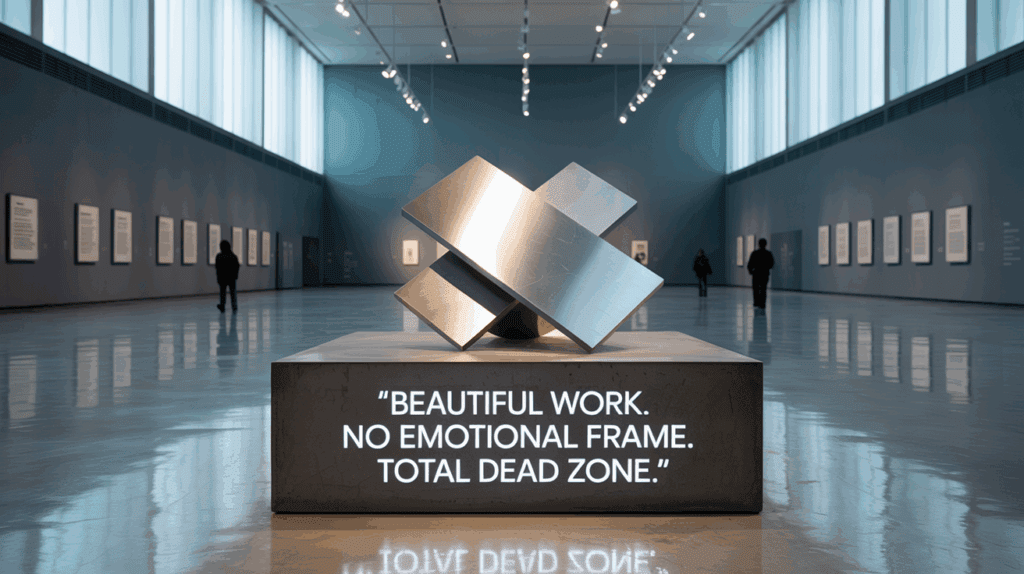Black Arts & Culture Feature:
The Three Layers of Context That Actually Make Exhibits Work
Great exhibits don’t just inform.
They sequence perception.
They don’t rely on the strength of the artwork. They construct the frame that tells your brain, your body, and your subconscious: “This matters.”
Here are the three layers of context that separate unforgettable experiences from forgettable noise:
1️⃣ Spatial Context – The Architecture of Anticipation
This is the literal, physical choreography of movement, light, and scale.
Done right, it controls emotional pace:
-
Small → large = expansion
-
Bright → dark = descent
-
Confined → open = relief
It’s not decoration. It’s direction.
Every hallway, arch, and wall height becomes part of a sensory sentence.
Weak museums: room after room, flat layout, no tension
Great ones: narrative flow baked into the architecture itself
Don’t guide the visitor. Engineer their emotional altitude.
2️⃣ Narrative Context – The Intellectual Spine
This is what gives the exhibit its thesis.
Why are these works here? What question is being asked? What contradiction is being explored?
Narrative context is the story architecture behind the selection:
-
“This wasn’t just art in the 1800s. It was a rebellion.”
-
“These aren’t just portraits. They’re propaganda.”
-
“This isn’t just technique. It’s trauma materialized.”
If you don’t offer this structure, you force the visitor to invent their own—and most won’t.
A room without a narrative is just storage.
3️⃣ Symbolic Context – The Frame of Belief
This is what separates presentation from ritual.
It’s where the exhibit tells you—quietly, insistently—this is sacred, rare, dangerous, or untouchable.
It’s conveyed through:
-
Scarcity of light
-
Distance from the object
-
Tone of wall text
-
Cultural references
-
Sound design
-
Silence
You don’t need to say, “This is a masterpiece.”
You need to design an atmosphere where it feels self-evident.
Belief isn’t installed with words. It’s activated by conditions.
Put all three together—space, story, and symbolic weight—and you don’t just show people art.
You install an emotional architecture they carry with them when they leave.
And that’s the difference between a museum that teaches—and one that transforms.
Read more from the original source


